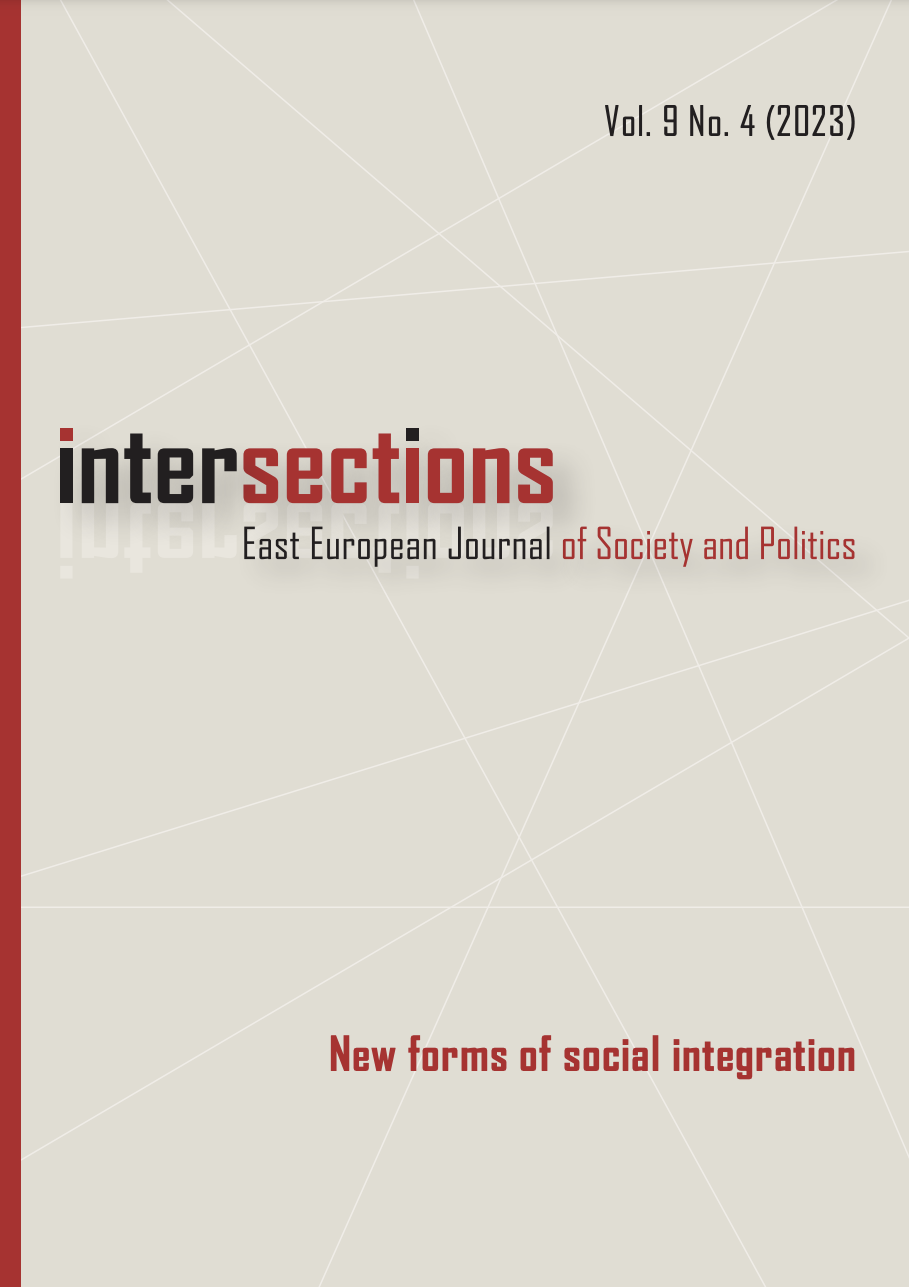Examining the characteristics of Roma–non-Roma interethnic romantic relationships using decision tree analysis
DOI:
https://doi.org/10.17356/ieejsp.v9i4.1122Keywords:
Roma, integration, mixed marriages, interethnic relationships, educational attainmentAbstract
Interethnic romantic relationships can be perceived as indicators of integration, but they can also be facilitators of successful social integration. This is why we considered it important to study Roma people who had already had a non-Roma partner. We were looking for answers to the question of what is characteristic of these people compared to those who have only been in a romantic relationship or marriage with a Roma partner throughout their lives. In our study, we investigated the correlations using a Khi2 test and decision tree analysis on a sample of 535 Roma people in Hungary. Among the sociodemographic characteristics, gender, marital status, actual relationship status, educational attainment, belonging to a Roma community (Romungro, Olah, Boyash), occupation and settlement type were significantly associated with whether Roma respondents had ever had a non-Roma partner. Roma people with less than eight years of primary education had the most homogeneous partner choice habits. Roma people with more than eight years of education, unmarried, cohabiting with their partner or not living with their partner had had non-Roma partners in the highest proportion. As educational attainment increases, it can be assumed that more and more Roma-non-Roma romantic relationships and marriages will be formed in Hungary.

Downloads
Published
How to Cite
Issue
Section
License
Copyright Notice
Authors who publish with this journal agree to the following terms:
Authors retain copyright and grant the journal right of first publication, with the work three months after publication simultaneously licensed under a Creative Commons Attribution License that allows others to share the work with an acknowledgement of the work's authorship and initial publication in this journal.
Authors are able to enter into separate, additional contractual arrangements for the non-exclusive distribution of the journal's published version of the work (e.g., post it to an institutional repository or publish it in a book), with an acknowledgement of its initial publication in this journal. This acknowledgement is not automatic, it should be asked from the editors and can usually be obtained one year after its first publication in the journal.



